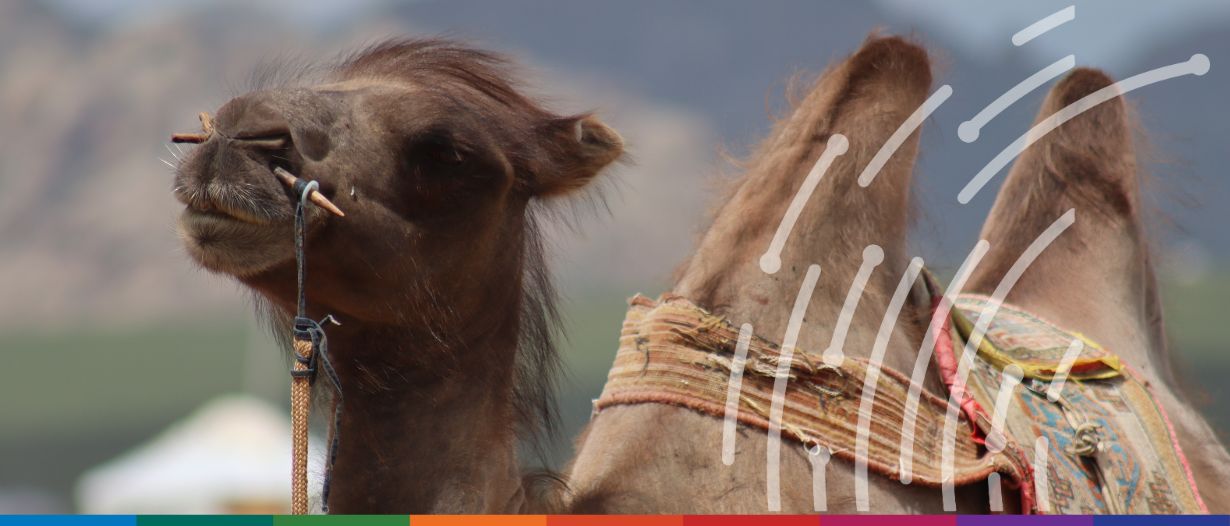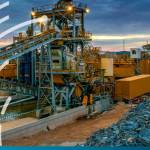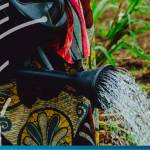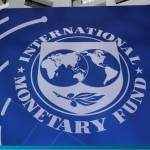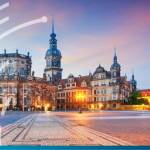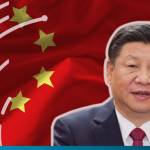Estimated reading time: 6 minutes
Mongolia, a nation steeped in history and folklore, finds itself at a crossroads.
As a landlocked country sandwiched between Russia and China, it faces unique challenges yet possesses a strategic geographic advantage.
The legend of the Mongol Empire still resonates with many–as I was reminded when visiting Ulaanbaatar’s dominating 40 meter equestrian statue of Genghis Khan–but today’s Mongolia is carving a different path on the global stage, trying to manoeuvre complex geopolitics and economic dynamics while preserving its sovereignty and identity.
As an observer at the World Export Development Forum (WEDF) 2023, where Trade Finance Global (TFG) was a media partner, I had the opportunity to discuss these challenges and prospects with local and international delegates.
Mongolia trade overview
According to John Miller, Trade Data Monitor, Mongolia’s primary exports include coal, copper ores, and crude petroleum, accounting for over 40% of its total exports.
China is the principal recipient of these exports, making up 92% of the total export value. On the other hand, Mongolia’s top import partners are Russia and China, accounting for 33% and 62% of total imports, respectively.
Mongolia’s economic trajectory as a landlocked developing country (LLDC) presents certain opportunities and challenges.
According to the United Nations, LLDCs like Mongolia face particular issues due to their lack of direct territorial access to the sea and isolation from world markets, which translates to high transit costs and decreased competitiveness.
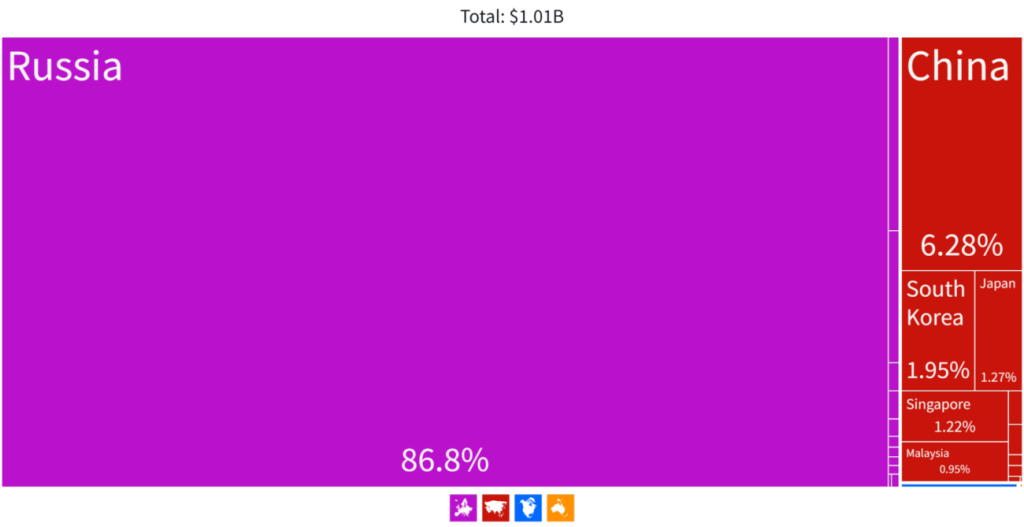
Breakdown of Mongolian refined petroleum imports by country for 2021. Source: OEC, 2023
The landlocked paradigm
However, the paradigm is shifting.
Rabab Fatima, Under-Secretary-General and High Representative for Least Developed Countries, Landlocked Developing Countries (LLDCs) and Small Island Developing States (SIDS), noted in her opening statement at the WEDF 2023, “Digitalisation reduces many of the entry barriers to international trade facing MSMEs and startups in LDCs, LLDCs and SIDS. It significantly reduces the transit-transport costs that serve as a major hurdle for LLDCs.”
Despite the formidable economic challenges, there’s an underlying resilience and adaptability that propels Mongolia forward.
This determination was highlighted by the country’s President Khurelsukh Ukhnaa in his speech.
One Billion Trees
While acknowledging the difficulties faced by LLDCs, he emphasised the ongoing efforts to counter these challenges, including the “One Billion Trees” campaign.
The initiative aims to combat desertification and mitigate the impact of climate change in Mongolia, a testament to the nation’s commitment to a greener future.
Khurelsukh said, “I firmly believe that these national movements will not only expedite the development of the environment, food, and agriculture sectors but also support regional trade and investment. Consequently, they will yield positive outcomes in the pursuit of sustainable development goals, including employment growth, poverty reduction, and the creation of a healthy and safe living environment for our citizens.”
In addition to the environmental commitment, Mongolia’s economic endowment plays a crucial role in its strategy for growth. Nestled between economic powerhouses China and Russia, Mongolia lies at the intersection of significant global infrastructure projects such as Russia’s Trans-Eurasia railway and China’s Silk Road Economic Belt.
Mongolia’s role in OBOR and CMREC
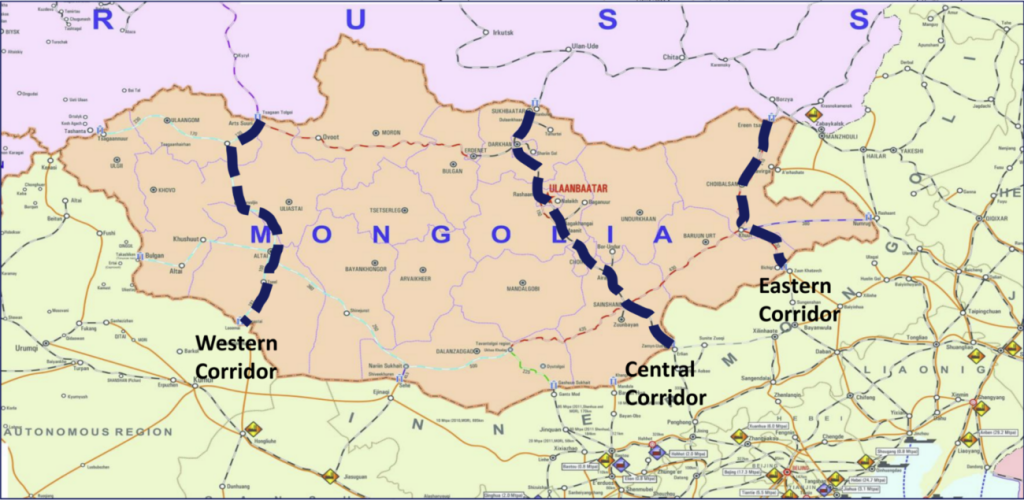
Mongolia sits along the shortest path connecting Europe and Asia, making it a key area for China’s One Belt One Road (OBOR) initiative.
However, reliance on China and Russia carries risks of economic over-dependence, as does the potential for geopolitical conflict.
The rise of the China-Mongolia-Russia Economic Corridor (CMREC) carries promises of economic progress but also potential pitfalls.
As of 2023, China receives 92% of Mongolia’s exports, highlighting the nation’s economic vulnerability.
In response to these geopolitical pressures, Mongolia has pursued a policy of diversifying its alliances.
Deputy Prime Minister of Mongolia, His Excellency Amarsaikhan Sainbuyan, has spoken about the nation’s aspiration for “enhanced economic independence”.
This strategy is embodied in the Third Neighbor Policy, seeking stronger relations with global democracies, including the United States, Canada, Australia, Japan, South Korea, India, and members of the EU.
Yet, the execution of these policies remains a complex task, which calls for effective domestic strategies and international cooperation. With international support, the opportunities for economic diversification are vast, with an emphasis on sustainable growth. Mongolia’s potential lies in various sectors, such as green and organic farming, digital services, and small and medium-sized enterprises (SMEs).
Farming and agriculture – landlocked to land-linked?
Rabab Fatima further highlighted the potential for organic farming in her speech, emphasising that “North America and Europe account for most of the sales of organic products, with 90% market share…However, LDCs, LLDCs, and SIDS are yet to tap the potentials of vibrant organic farming sector.”
Mongolia, with its rich agricultural heritage, has a unique opportunity to transition into sustainable, organic farming practices, tapping into a near $500 billion market. But for this, a significant shift in domestic farming practices and overcoming regulatory hurdles will be needed.
In the context of the global digital boom, Mongolia also needs to tap into the global digital services market, which reached $3.82 trillion in 2022. Again, the transition is a significant task that requires structural changes, investments in digital infrastructure, and human capital.
As Mongolia charts its path towards a sustainable, diversified economy, the phrase “landlocked” might give way to “land-linked.”
Navigating the complexities of this transformation demands wise domestic strategies, effective international collaborations, and a keen understanding of global trends.
Trade is about people, not goods and services
As President Ukhnaa said, “Trade is not about goods and services, it’s about people.” The key to Mongolia’s success lies not in its geography but in the strength, resilience, and vision of its people.
Mongolia sits in a unique and challenging position.
Its status as a landlocked developing country demands innovative approaches to trade, economic development, and regional cooperation. While the nation’s story is deeply intertwined with the fabled Mongol Empire, its future is inextricably linked to the complex geopolitical dynamics of Russia and China, and its ambitious Third Neighbor Policy.
Amid this context, the World Export Development Forum in Ulaanbaatar has showcased Mongolia’s quest for a sustainable, balanced, and inclusive economic future.
The reality of Mongolia’s situation is summed up aptly by policy analysts, stating that the country’s Third Neighbor Policy may suffice for now, but it is no guarantee of longevity.
Even as it leans into the challenges of being a landlocked nation, the reality is that Mongolia’s sovereignty and future are still tied to the “Bear” to its north and the “Dragon” to its south.
A nation of warriors and nomads, Mongolia stands at a crossroads of history and the future, at the intersection of great powers and greater ambitions.
Its path forward is uncharted and arduous, yet its journey will undoubtedly be watched by the world with keen interest.















